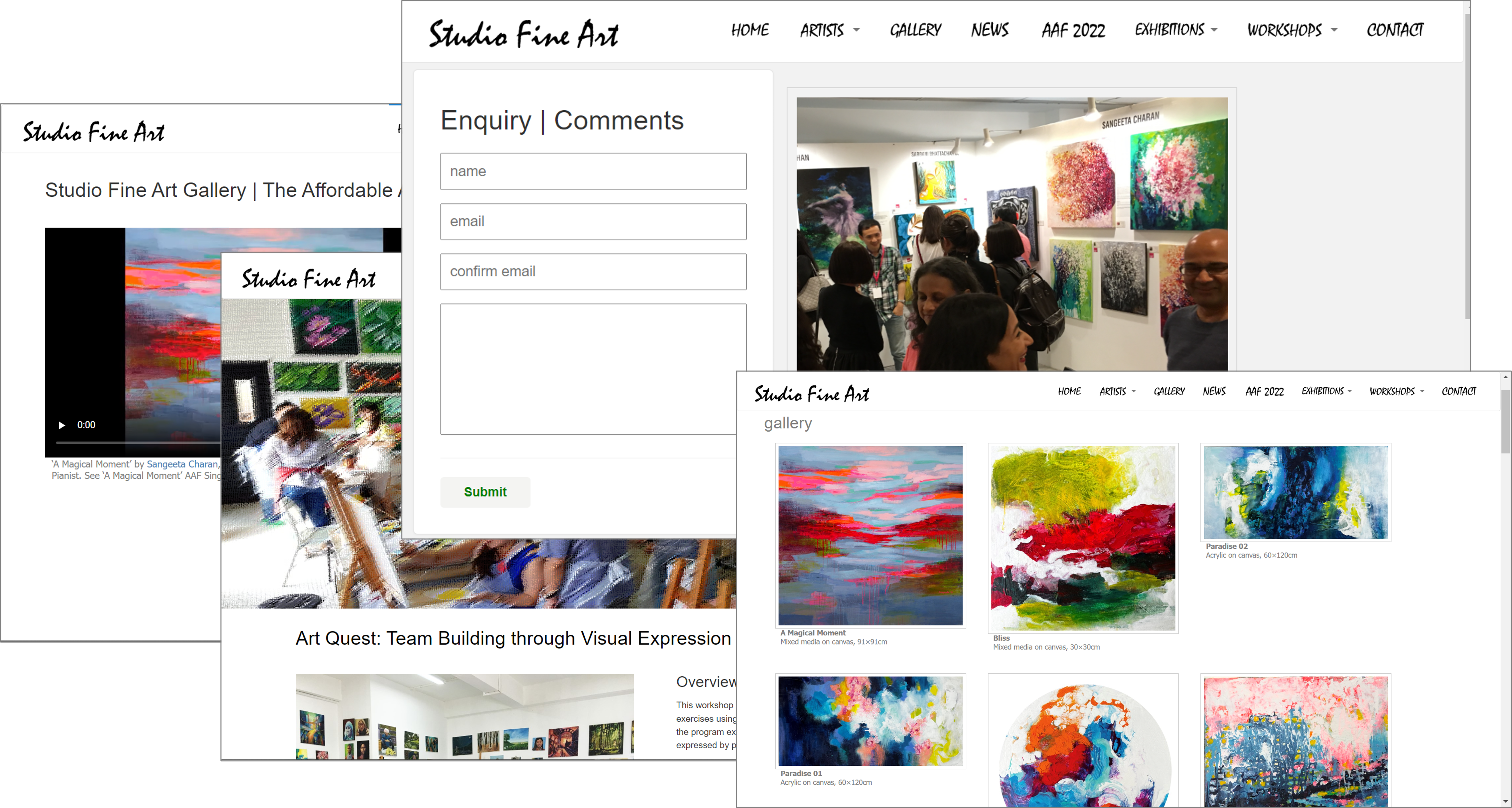
Exhibit 29.1 IDEs (Integrated Development Environment) provide the
tools to automate and simplify the development of websites.
Often marketers are building cyber assets — websites,
blogs, Facebook pages, LinkedIn profiles, YouTube brand channels and so on — without a clear
sense of purpose. Not much thought goes into the strategy or the execution. This results in
a collection of disconnected properties that diffuse and disorient their brand and confuse
customers.
To prevent such an outcome, it is vital to have a cohesive strategy
that integrates offline and online brand assets in a well-co-ordinated manner. That your
brand’s communication and imagery remain intact as customers move across media platforms, and
yet each channel contributes incrementally to brand equity.
The principles of an effective marketing strategy apply
both online and offline. You need to segment your market, target your customers, differentiate,
and execute. In a world of multiple digital media platforms, it is equally crucial to define
clear digital marketing goals and roles for your online assets.
To implement your strategy, you need a well-crafted execution plan that includes
the following building blocks:
- Create: Build digital assets and
generate content.
- Optimize: Conduct research, listen to
your customers, and optimize your content for search engines.
- Advertise and
promote: Advertise your brand and promote it
across digital media channels.
- Convert: Generate and nurture leads to
acquire new customers.
- Review: Monitor performance
and accordingly refine or tweak your strategy.
The goals and functions of each of these building blocks is explained in the
following sections.